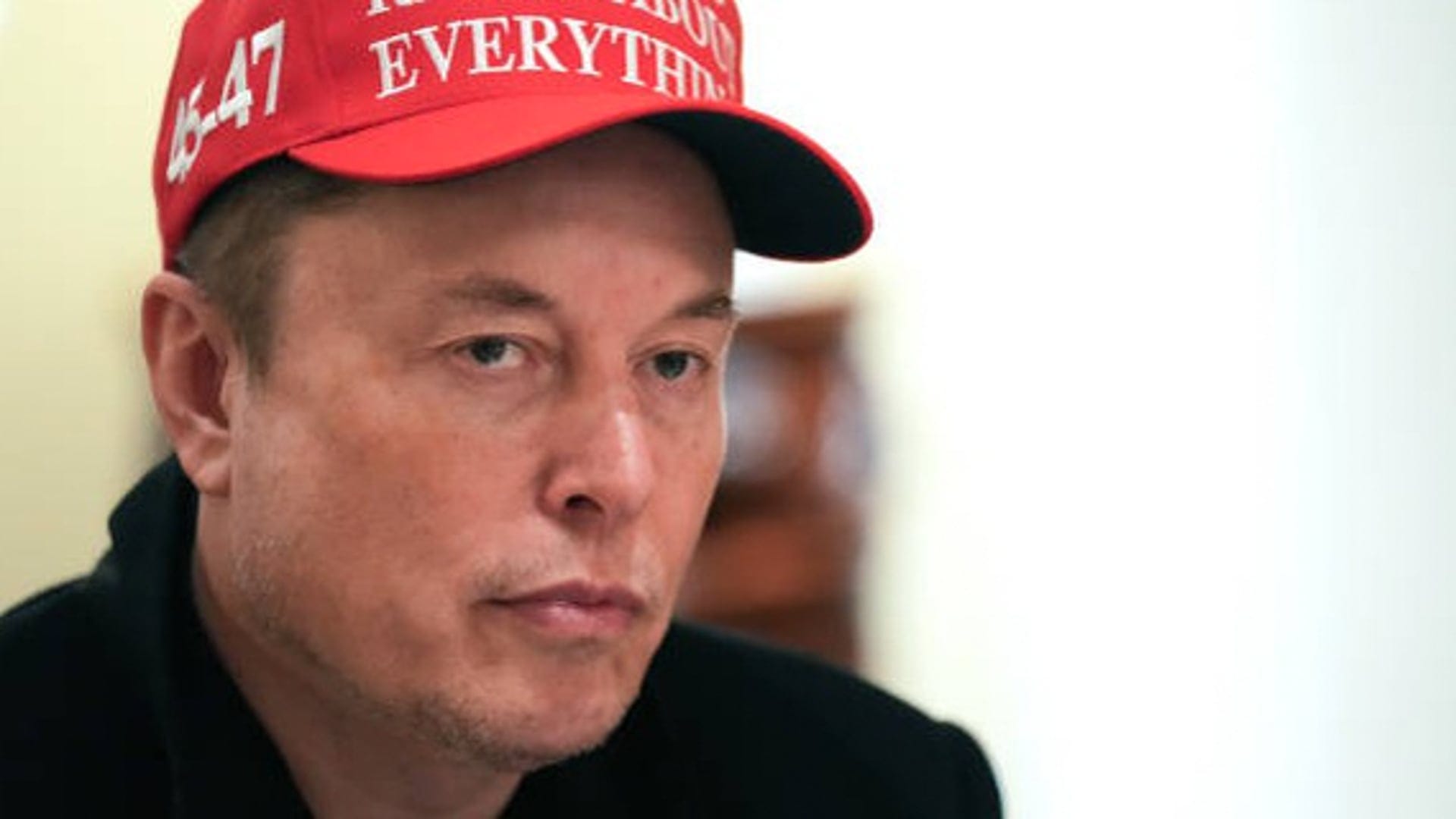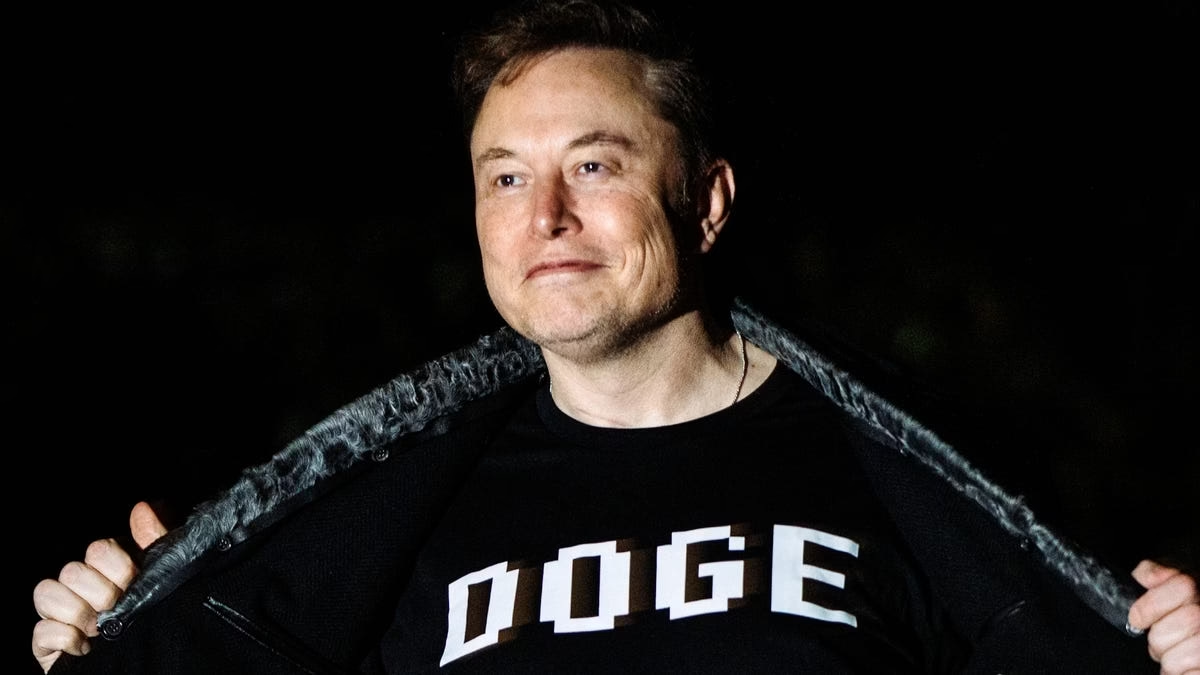
Musk to shift focus from DOGE to Tesla after profits plunge
Elon Musk told investors he will refocus on Tesla and begin scaling back his involvement with the Department of Government Efficiency (DOGE) in May.
unbranded – Newsworthy
- Elon Musk left his position with the Department of Government Efficiency (DOGE) at the end of May.
- The proposed DOGE stimulus checks, intended to distribute savings from federal spending cuts, are not currently being pursued and require Congressional approval.
- The DOGE stimulus check proposal, if implemented, would target tax-paying households above a certain income level.
Now that Elon Musk has officially left his position with DOGE, uncertainty surrounds the stimulus checks he promoted.
The mission of DOGE was to slash federal spending, speed deregulation and “modernize federal technology and software to maximize governmental efficiency and productivity.” At the time it was introduced, DOGE’s effort was to save as much as $2 trillion a year.
As DOGE’s “savings” from cutting the federal workforce and various programs grew, some suggested that the money be passed on to taxpayers in the form of a DOGE stimulus check. However, there has been little concrete action around the dividends.
In late May, Musk announced via X that he would leave his position with DOGE entirely, following his announcement in late April that he would step back from the role.
Here’s what we know about the DOGE stimulus checks now that Musk is gone.
What is the DOGE dividend check proposal?
James Fishback, the original creator of the stimulus check idea, described the “DOGE dividend” in a four-page proposal as a refund sent only to tax-paying householders. Noting the difference from past stimulus checks, he added that DOGE checks would not be inflationary as they would be “exclusively funded with DOGE-driven savings, unlike COVID stimulus checks which were deficit-financed.”
The idea was initially floated by Fishback on Musk’s social media platform X, suggesting Trump and Musk “should announce a ‘DOGE Dividend’ — a tax refund check sent to every taxpayer, funded exclusively with a portion of the total savings delivered by DOGE.” Musk replied, “Will check with the President.“
Fishback’s proposal would send checks only to households with an income above a certain level, as opposed to the pandemic-era checks that were sent “indiscriminately.”
“A lot of low-income households essentially saw transfer payments of 25% to 30% of their annual … income,” Fishback said of the pandemic stimulus checks, adding, “This exclusively goes to households that are net-payers of federal income tax, and what that means is that they have a lower propensity to spend and a higher propensity to save a transfer payment like the DOGE dividend.”
What is happening with DOGE dividends?
Though the idea caught the attention of many Americans feeling the pinch of inflation and rising prices, a DOGE dividend check does not appear to be in the works.
For any stimulus check to be sent out, Congress must approve the proposal for the checks.
When is the DOGE stimulus check coming out?
A stimulus checks from DOGE savings has not been formally approved by Congress, which would be the first step in turning the idea into a reality. Thus, no payment timeline exists.
Do I qualify for DOGE check?
The potential refund would be sent only to households that are net-income taxpayers — individuals who pay more in taxes than they receive in return — with lower-income Americans not qualifying for the refund, according to news reports. The Pew Research Center reports that most Americans with an adjusted gross income of under $40,000 pay effectively no federal income tax.
The proposed DOGE refund check would be issued per household, rather than to each individual taxpayer, including those receiving Social Security benefits that meet the income tax requirements.
How much has DOGE saved?
When Musk first began his position with the Department of Government Efficiency, he set the ambitious goal of cutting $2 trillion from government spending. On April 11, Musk announced that DOGE would lower its projected savings estimate for fiscal year 2026 from $1 trillion to $150 billion. As recently as a March 27 interview on Fox News, Musk said he was on pace to eliminate $1 trillion in federal spending by the end of May.
The most recent estimate for DOGE savings was $180 billion as of June 3 − the last time the website was updated. This is up $5 billion from the estimated $175 on May 26. For the past few months, each update to the savings total has only increased by $5 million increments.
The agency estimates that it has saved each taxpayer approximately $1,118.01, up $31.05 from May 26’s estimate of $1,086.96.


Leave a Reply